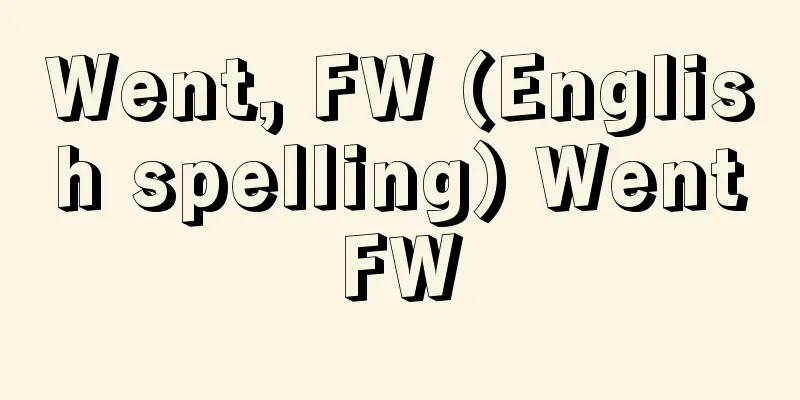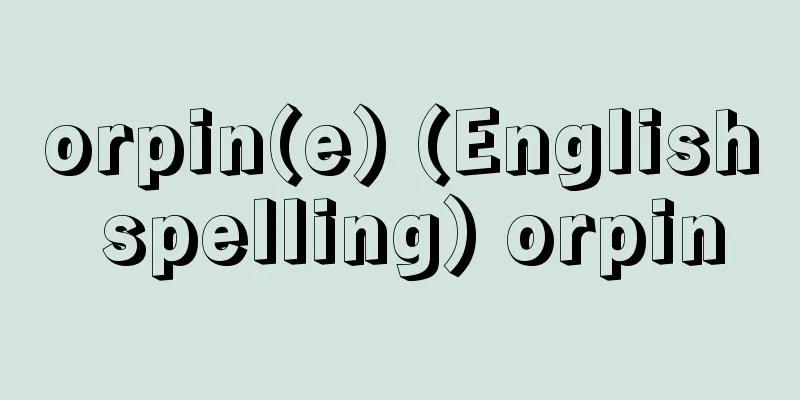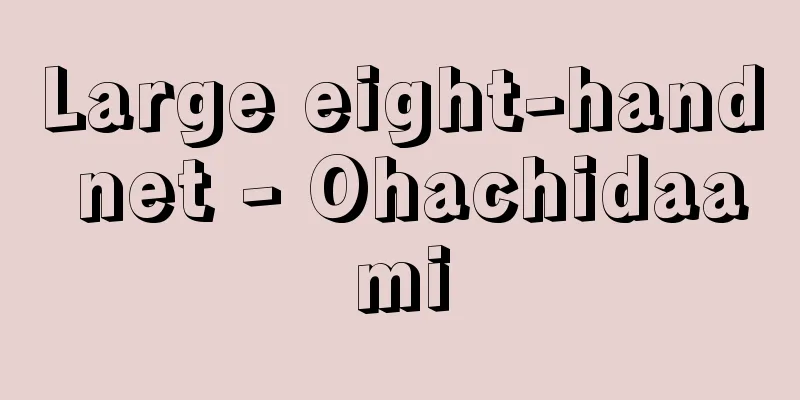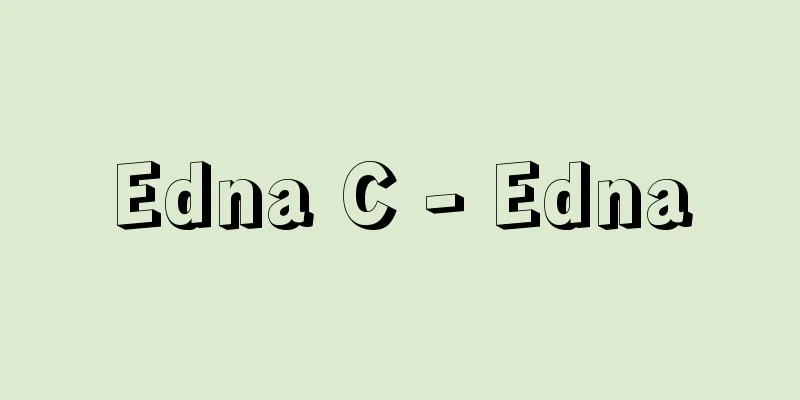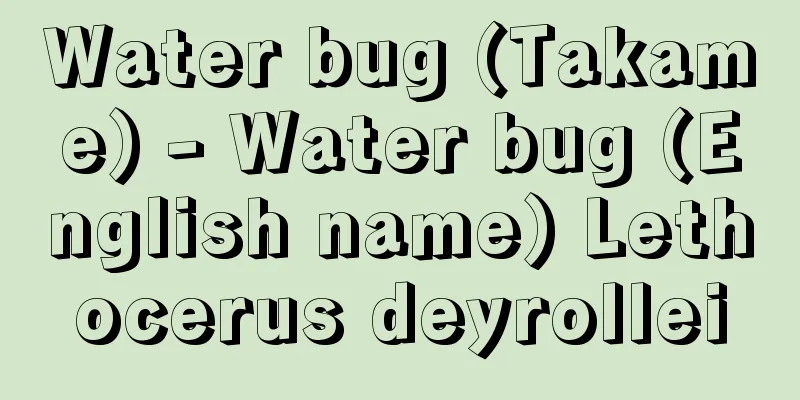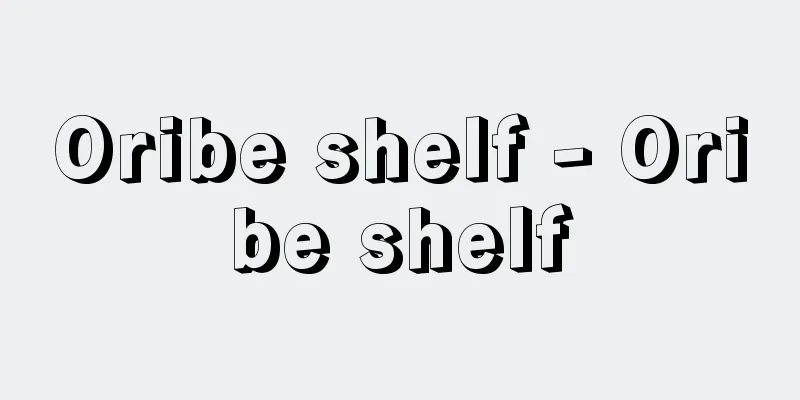Unconsciousness (English), Unbewusstes (German)
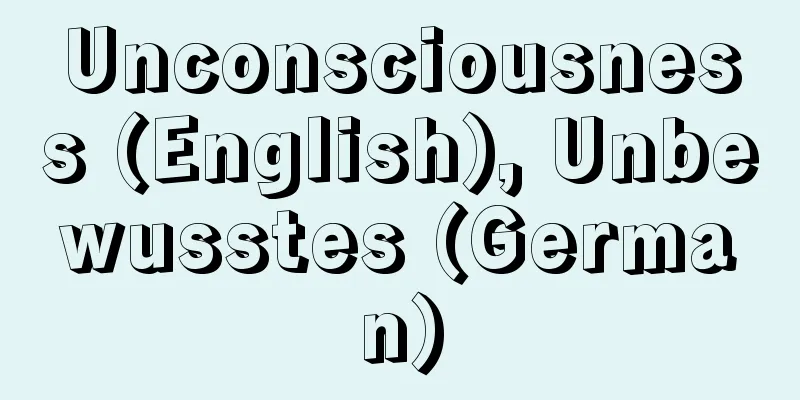
|
The absence of conscious awareness or the absence of awareness of one's own experiences or actions. Alternatively, it refers to mental states, processes, or activities that are not conscious but that affect cognitive and emotional experiences and actions. The term unconscious is sometimes used descriptively and sometimes used as a psychoanalytic term. When used descriptively, the unconscious is used to explain events and actions that are not intended by oneself. Leibniz, GW, considered the unconscious in contrast to consciousness, and believed that there is a transitional stage between the two. For example, minute perceptions such as the sound of individual raindrops falling are not conscious in themselves, but become conscious when they are accumulated collectively. Herbart, JF, and Fechner, GT introduced the idea of a threshold to consciousness, and believed that only representations that exceed the threshold are conscious, and the rest remain subliminal and form the unconscious. They considered consciousness and unconsciousness to be a continuous hierarchy, with experiential consciousness at the top, preconsciousness (memory) that is not conscious but can be recalled when necessary, and the unconscious that cannot be recalled, which influences the upper consciousness and preconsciousness. While awareness and consciousness involving attention are limited in capacity, it is thought that there are fewer limitations to the unconscious. Therefore, it is more efficient for habitual and semi-automated cognition and behavior to be unconscious. It is known that in terms of cognition and behavior, repeated conscious effort in routine tasks leads to the progression of unconsciousness. When we become adept at riding a bicycle, our consciousness is shifted to unconscious procedural memory, and this applies to many physical and cognitive skills. It can be said that much of our daily lives are carried out through such unconscious actions and cognition. Next, when using the unconscious as a psychoanalytic term, the ideas of Freud, S. and Jung, CG, are important. Unconscious information has repressed content that does not reach consciousness, and consciousness and the unconscious are thought to be not continuous. It is believed that actions and neurological symptoms that are difficult to understand from the conscious alone can be understood by assuming an unconscious mental process, and a method is adopted to understand mental contents that are in an unconscious state due to repression through free association and dream analysis. Since then, various unconscious phenomena and processes have become known that are different from the unconscious understood in psychoanalysis. Blindsight is the ability to respond to visual stimuli exhibited by some people who have lost their sight due to damage to the primary visual cortex of the brain. For example, when a moving object is presented in the defective visual field and a decision is made, the movement may be recognized without visual awareness and with low confidence on the part of the individual. While the normal route from the lateral geniculate body to the primary visual cortex leads to awareness, it is presumed that the route that branches from the lateral geniculate body and reaches the higher visual cortex via the midbrain is involved in blindsight. A split brain is a brain in which the corpus callosum that connects the two cerebral hemispheres has been severed for epilepsy treatment. Because the left and right cerebral hemispheres work independently, it is said that one body has two minds, and research into the functional differences between the left and right hemispheres has progressed by utilizing clever stimuli presentation and the fact that both hands move with nerve control on the opposite side. The patient himself is not aware of the separation. The term non-consciousness is sometimes used in the above cases to avoid the term unconscious, which tends to have connotations of psychoanalysis. Subliminal advertising, also known as subliminal advertising, is a method of advertising in temporal and spatial conditions that do not rise to consciousness. It aims to strengthen motivation to purchase by repeatedly presenting messages as stimuli that cannot be perceived on television, etc. Subliminal perception is a term used when some kind of reaction is obtained in terms of skin electrodermal activity, reaction time, etc. when a stimulus below the threshold is presented. → Consciousness → Psychophysics → Psychoanalysis [Osaka Naoyuki] Latest Sources Psychology Encyclopedia Latest Psychology Encyclopedia About Information |
|
自覚的な意識がないことや自己の経験や行動に気づかないこと。あるいは,意識されないが,認知,感情の経験や行動に影響を及ぼす心的状態,過程や活動を指す。無意識という用語は記述的に用いられる場合と,精神分析的な用語として用いられる場合とがある。記述的に用いられる場合,無意識は,自分では意図していない事象や行動の説明に用いられる。ライプニッツLeibniz,G.W.は,意識に対して無意識を考え,両者間に移行段階があると考えた。たとえば,個々の雨滴の落ちる音のような微小知覚は,それ自体は意識されないが,集合的に蓄積されると意識に達するという例がある。ヘルバルトHerbart,J.F.やフェヒナーFechner,G.T.は意識に閾値の考えを導入し,閾値を超えた表象だけが意識され,それ以外は閾下にとどまり無意識を形成すると考えた。意識と無意識を連続的な階層ととらえ,上層に経験的意識が,次に意識にはないが必要に応じて想起のできる前意識(記憶)があり,さらに,想起できない無意識があり,これが上層の意識や前意識に影響を及ぼすと考えた。 気づきawarenessや注意を伴う意識には容量に制約があるが,無意識には制約が少ないと考えられる。したがって,習慣化され半ば自動化された認知や行動は無意識化されている方が効率が良い。認知や行動面では,ルーティン作業で意識化を繰り返すと無意識化が進行することが知られている。自転車にうまく乗れるようになるのも,意識が無意識的な手続き的記憶に落とされるためであり,多くの身体的あるいは認知的技能に当てはまる。われわれの日常生活の多くは,このような無意識的な行為や認知によって営まれているといえる。 次に,無意識を精神分析的な用語として用いる場合は,フロイトFreud,S.やユングJung,C.G.らの考え方が重要である。無意識な情報は,意識に到達せず抑圧された内容をもち,意識と無意識は連続的ではないと考えられる。意識のみでは理解しにくい行為や神経的症状も,そこに無意識的な心的過程を想定することで理解が可能であると考え,抑圧によって無意識状態にある心的内容を,自由連想や夢の分析を通して理解しようとする手法を採る。 精神分析でいう無意識とは異質な無意識の現象や過程も,その後以下いろいろ知られるようになった。 ブラインドサイト(盲視)blindsightは脳の1次視覚野の損傷によって視覚を喪失した人の一部が示す視覚刺激に対して反応する能力をいう。たとえば動く物体を欠損視野に提示して強制的な判断を求めると,視覚的な気づきを伴わず,本人の確信度も低いのに動きが認識されることがある。外側膝状体から1次視覚野に投射される通常のルートでは意識化されるのに対して,外側膝状体から分岐して中脳経由で高次視覚野に至るルートがブラインドサイトとかかわると推定されている。 分離脳split brainは,てんかん治療などで大脳両半球を結ぶ脳梁を切断した脳をいう。左右の大脳半球が独立して働くため,一つの身体に二つの心が宿るなどといわれ,巧妙な刺激提示と両手が反対側の神経支配で動くことを利用して,左右両半球の機能的差異の研究が進んだ。患者自身は分離を意識しているわけではない。 非意識non-consciousnessという用語は精神分析などの意味を帯びがちな無意識という術語を避ける以上のような場合に用いられることがある。 また,サブリミナルアドバタイジングsubliminal advertisingは閾下広告ともよばれ,意識に上らないような時間空間的条件で広告する手法をいう。テレビなどで知覚できないような刺激で繰り返しメッセージを出して購買への動機を強めようとする。閾下知覚subliminal perceptionは刺激閾以下の刺激が提示されたときに,皮膚電気活動や反応時間などで,なんらかの反応が得られたときに用いられる用語である。 →意識 →精神物理学 →精神分析 〔苧阪 直行〕 出典 最新 心理学事典最新 心理学事典について 情報 |
>>: Muikamachi Basin - Muikamachi basin
Recommend
Tuke, D. (English spelling) TukeD
…A merchant from York, England. A Quaker, at the ...
Cao Zhi - Soshoku
A Chinese poet from the Three Kingdoms Wei period...
Isospin
Protons and neutrons are considered to be differen...
Koma clan
A clan of ancient immigrants. Also written as Koma...
Water beetle
... There are about 4,000 species of the Dytiscid...
Shirabyoshi - Shirabyoshi
It refers to the dance and song that emerged in t...
Japan Academy
An institution established by the Ministry of Edu...
Parliamentary government
A political system in which a parliament based on ...
Local potential - local potential
…Any factor that causes a change in the resting p...
Securities lending trust - Kashitsuke Yukashoken Shintaku
...An employee pension fund trust is a trust in w...
Morley, T.
…In England, during the Tudor period, W. Bird and...
Paulownia wooden clogs - Kirigeta
A regional brand of the Hokuriku, Koshinetsu regio...
Urayama - Envy
〘Noun〙① Seaside and mountains. Sea and mountain. ※...
Zuhayr
...Hansa means "lion-nosed," a nickname...
Sutara offering money
It is also called "Shutaragusen" or &quo...
